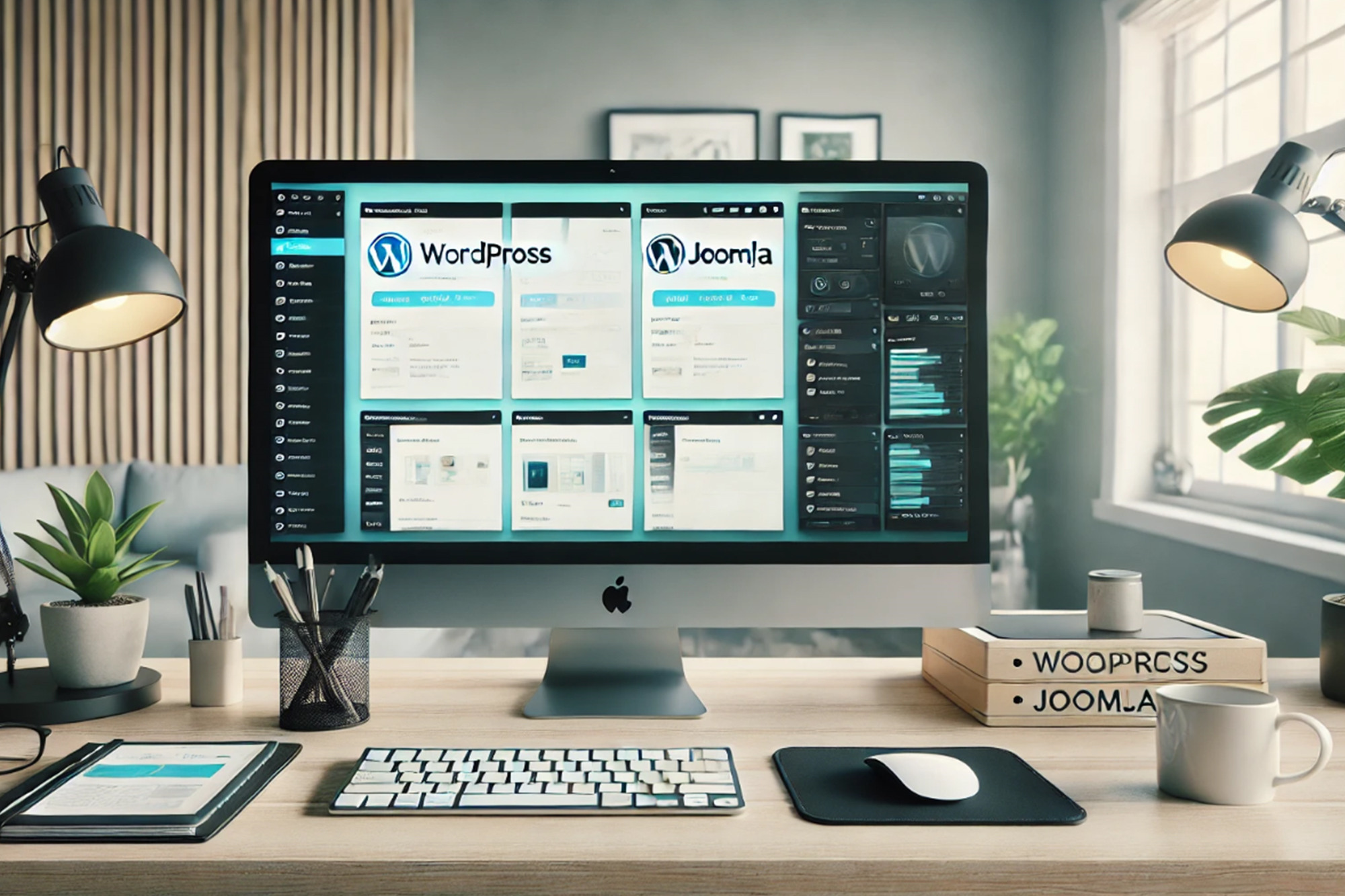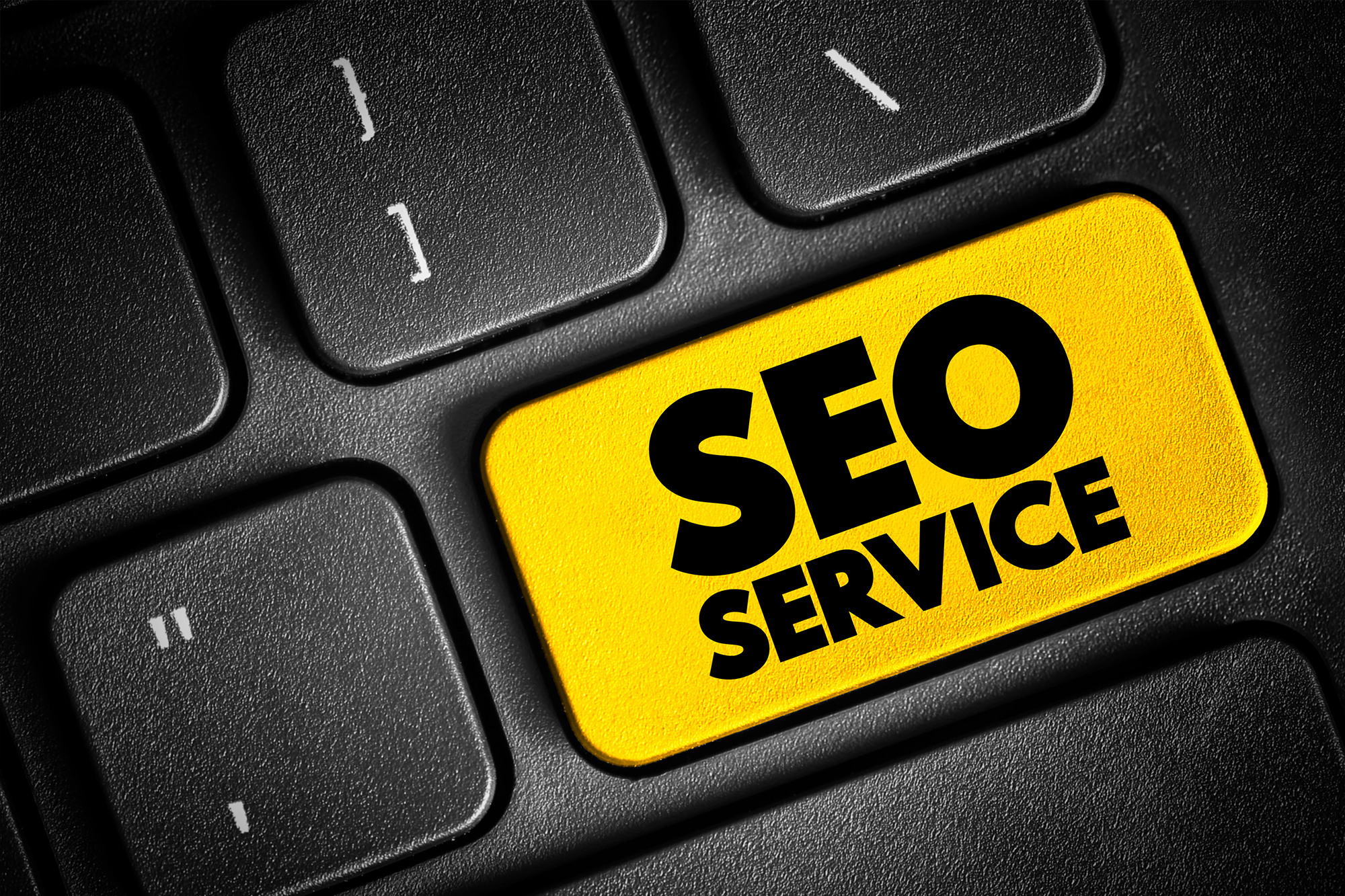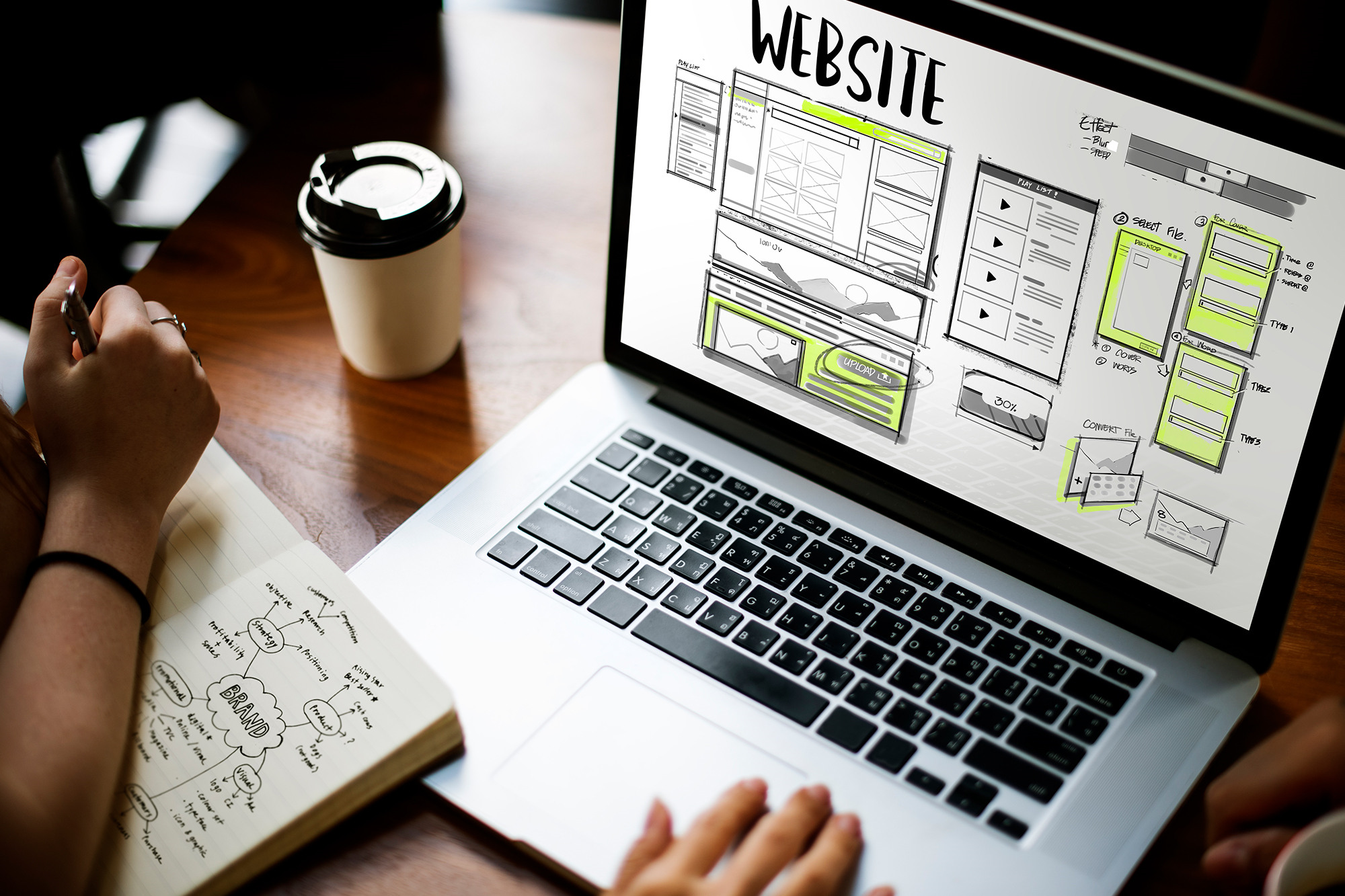Effective Landing Page Design
A landing page is one of the most crucial elements of any website, often serving as the first point of contact between your brand and potential customers. Whether you’re trying to capture newsletter sign-ups, promote a product, or generate leads, the landing page is where conversions happen. Good design can make or break a campaign. In this post, we’ll explore key strategies and tips for creating high-converting landing pages that drive action.
1. Define a Clear Goal
The first rule of an effective landing page is having a clear, singular goal. Whether it’s signing up for a service, purchasing a product, or downloading an ebook, the objective must be immediately obvious. A landing page should focus on one primary action, eliminating any distractions that might lead users away from completing that task.
2. Craft a Powerful Call to Action (CTA)
Your CTA is the heart of the landing page. It should be prominent, compelling, and direct. Use action-oriented language like “Get Started,” “Download Now,” “Sign Up,” or “Learn More.” The CTA should be easy to locate (preferably above the fold) and stand out visually. Use contrasting colors, bold fonts, and a design that naturally draws the eye to the CTA button.
3. Keep the Design Simple and Clean
Simplicity is key when it comes to landing pages. A cluttered design can overwhelm users and reduce the likelihood of conversion. An effective landing page is minimalistic, removing unnecessary elements that don’t contribute directly to the goal. Ensure a clean layout, with ample white space, readable fonts, and relevant visuals. Everything on the page should guide users toward the CTA.
4. Optimize Page Load Speed
Page speed is crucial for user experience. A slow-loading landing page can significantly increase bounce rates. To improve performance, compress images, minimize scripts, and ensure your hosting service is reliable. Every second counts: research from Google shows that 53% of mobile users leave a site if it takes longer than three seconds to load.
5. Use Clear and Engaging Headlines
Your headline is the first thing users see when they land on the page. It should immediately convey value and relevance. Use persuasive language and keep it simple. If necessary, add a subheadline that elaborates on the main message, providing more detail about what the user stands to gain by converting.
6. Incorporate Social Proof
Social proof, like testimonials, customer reviews, or logos of well-known clients, can significantly enhance trust and credibility. People tend to follow the actions of others, so including success stories or feedback from satisfied users can push visitors toward conversion. Case studies, client logos, and user-generated content can also reinforce the legitimacy of your offer.
7. Focus on Benefits, Not Features
It’s tempting to list all the features of your product or service, but users care more about how it will benefit them. Clearly explain how your offer will solve their problem or fulfill their need. When writing copy, highlight the value they’ll get from engaging with your product or service, not just what it does.
8. Use High-Quality Images and Videos
A picture is worth a thousand words, and a well-crafted video can communicate complex ideas much faster than text. Use high-quality visuals that are relevant to your offer. If appropriate, include short explainer videos to show how your product or service works. Videos can significantly boost conversion rates, but make sure they are clear, concise, and to the point.
9. Conduct A/B Testing for Continuous Optimization
There is no one-size-fits-all formula for a perfect landing page. The best way to improve your conversion rate is through A/B testing. Test different variations of your page—changing headlines, CTA text, colors, or layouts—to see what works best. Analyze the results and use the data to continuously optimize your landing page performance.
10. Ensure a Mobile-Responsive Design
With mobile traffic surpassing desktop in many sectors, your landing page must be optimized for mobile devices. Ensure that your layout, images, and text scale appropriately for smaller screens and that the CTA is easily tappable. A responsive design guarantees a seamless user experience, regardless of the device they’re using.
Conclusion
Designing an effective landing page requires a balance of creativity, strategic thinking, and data-driven optimization. By focusing on clear goals, crafting strong CTAs, simplifying design, and optimizing continuously, you can create landing pages that not only capture attention but also drive the actions you need.
Remember, a landing page is never “finished”—it’s a tool that should evolve based on user behavior and performance data. Through testing and iteration, you can consistently improve your conversion rates and achieve better results over time.
We can help you choosing the best Website for your needs.
SHOW YOUR BUSINESS NOW!
Share this article.
Related Post
Effective Landing Page Design
A landing page is one of the most crucial elements of any website, often serving as the first point of contact between your brand and potential customers. Whether you’re trying to capture newsletter sign-ups, promote a product, or generate leads, the landing page is where conversions happen. Good design can make or break a campaign. In this post, we’ll explore key strategies and tips for creating high-converting landing pages that drive action.
1. Define a Clear Goal
The first rule of an effective landing page is having a clear, singular goal. Whether it’s signing up for a service, purchasing a product, or downloading an ebook, the objective must be immediately obvious. A landing page should focus on one primary action, eliminating any distractions that might lead users away from completing that task.
2. Craft a Powerful Call to Action (CTA)
Your CTA is the heart of the landing page. It should be prominent, compelling, and direct. Use action-oriented language like “Get Started,” “Download Now,” “Sign Up,” or “Learn More.” The CTA should be easy to locate (preferably above the fold) and stand out visually. Use contrasting colors, bold fonts, and a design that naturally draws the eye to the CTA button.
3. Keep the Design Simple and Clean
Simplicity is key when it comes to landing pages. A cluttered design can overwhelm users and reduce the likelihood of conversion. An effective landing page is minimalistic, removing unnecessary elements that don’t contribute directly to the goal. Ensure a clean layout, with ample white space, readable fonts, and relevant visuals. Everything on the page should guide users toward the CTA.
4. Optimize Page Load Speed
Page speed is crucial for user experience. A slow-loading landing page can significantly increase bounce rates. To improve performance, compress images, minimize scripts, and ensure your hosting service is reliable. Every second counts: research from Google shows that 53% of mobile users leave a site if it takes longer than three seconds to load.
5. Use Clear and Engaging Headlines
Your headline is the first thing users see when they land on the page. It should immediately convey value and relevance. Use persuasive language and keep it simple. If necessary, add a subheadline that elaborates on the main message, providing more detail about what the user stands to gain by converting.
6. Incorporate Social Proof
Social proof, like testimonials, customer reviews, or logos of well-known clients, can significantly enhance trust and credibility. People tend to follow the actions of others, so including success stories or feedback from satisfied users can push visitors toward conversion. Case studies, client logos, and user-generated content can also reinforce the legitimacy of your offer.
7. Focus on Benefits, Not Features
It’s tempting to list all the features of your product or service, but users care more about how it will benefit them. Clearly explain how your offer will solve their problem or fulfill their need. When writing copy, highlight the value they’ll get from engaging with your product or service, not just what it does.
8. Use High-Quality Images and Videos
A picture is worth a thousand words, and a well-crafted video can communicate complex ideas much faster than text. Use high-quality visuals that are relevant to your offer. If appropriate, include short explainer videos to show how your product or service works. Videos can significantly boost conversion rates, but make sure they are clear, concise, and to the point.
9. Conduct A/B Testing for Continuous Optimization
There is no one-size-fits-all formula for a perfect landing page. The best way to improve your conversion rate is through A/B testing. Test different variations of your page—changing headlines, CTA text, colors, or layouts—to see what works best. Analyze the results and use the data to continuously optimize your landing page performance.
10. Ensure a Mobile-Responsive Design
With mobile traffic surpassing desktop in many sectors, your landing page must be optimized for mobile devices. Ensure that your layout, images, and text scale appropriately for smaller screens and that the CTA is easily tappable. A responsive design guarantees a seamless user experience, regardless of the device they’re using.
Conclusion
Designing an effective landing page requires a balance of creativity, strategic thinking, and data-driven optimization. By focusing on clear goals, crafting strong CTAs, simplifying design, and optimizing continuously, you can create landing pages that not only capture attention but also drive the actions you need.
Remember, a landing page is never “finished”—it’s a tool that should evolve based on user behavior and performance data. Through testing and iteration, you can consistently improve your conversion rates and achieve better results over time.
We can help you choosing the best Website for your needs.





